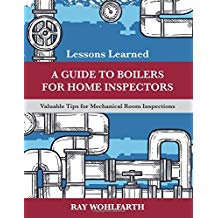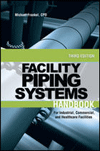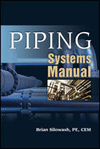OSHA defines a confined space under 29 CFR 1910.146 as a space that has one or more of the following qualifications:
-
Is large enough for workers to enter and perform tasks;
-
Has limited or restricted means of entry/exit; and
-
Is not designed for continuous occupancy.
This means your facility can have a variety of confined spaces, including boilers, conveyor enclosures, sub-cellars, silos, tanks and tunnels.
With a number of tasks already on your plate when it comes to your facility’s safety program, it can be overwhelming to understand what is required to reach and maintain regulatory compliance.
Here are five actions you can take now to enhance your confined space safety program to help you reach your compliance safety goals.
Engage management, leadership and employees: Educate each group on the regulation and resource requirements of a confined space program. Ensure both leadership and employees are supportive of and involved in the creation of your program to encourage company buy-in and cross-functional collaboration.
Have a written confined space program: If you have not created a confined space safety program, the time to start is now. A great place to start is by including those within your facility with regulatory and real-world knowledge in the planning process. This includes gathering and evaluating current documentation, processes and more. This dedicated team of stakeholders will then drive the change within your program from creation to implementation.
If you already have created a program, the next step is creating a dedicated team to audit the program to be sure it still is relevant and up to date. With the rate of change within typical facilities, programs should be evaluated annually.
Inventory, assessment and classification: Develop a sustainable and compliant confined-space catalogue or inventory system in order to perform, evaluate and document confined spaces at the worksite. This inventory should include the spaces evaluated onsite, if these spaces are confined spaces, a classification as a permit or non-permit-required confined space and a hazard assessment for permit-required confined spaces. This inventory will be a living document that will evolve as the workplace evolves, such as the addition of new equipment or new construction.
Be sure to include your subject-matter experts. They are the ones who most often work in or around these spaces and provide valuable insight to the working conditions.
Confined space permits and assessments: Establish and implement the assessments and practices needed to eliminate or control hazards for safe permit space entry. This includes standardizing both the workflow and documents around confined space permits and assessments. In addition, be sure your permit records, assessments and audits are being stored and tracked.
Evaluate and sustain: The key to the success of any program is sustainability. If sustainability is not built into the program then it is much easier for this program to fall out of date and out of compliance. Sustainability can be built in by your evaluation processes, your training and your systems. The key is to find the right tools for sustainability in your company.
For more information on confined space safety, visit BradySafety.com or email Bradysafety@bradycorp.com.









